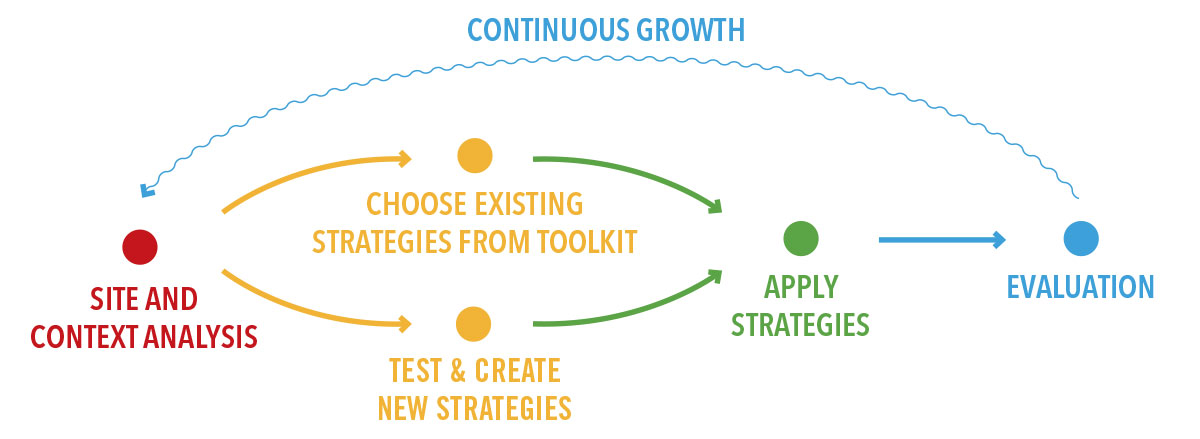Globally known to be one of the most future-forward city, the Well-being Framework uses Singapore as the baseline to innovate on city planning strategies. It is also a scalable framework that ensures ecosystem benefits for Government, Developers, Stakeholders and End-users.
Singapore’s low-lying island nation provides a window of opportunity to accelerate bold climate strategies. In answering these urgent climate calls, the Well-Being Framework acts as a gateway to chart robust sustainable roadmaps.
As a vibrant city in the heart of Southeast Asia, Singapore is home to a congregation of talents and different cultures. The Well-being Framework taps on this unique blend as its innovation hotbed. It is a single contracting framework that co-develops high value solutions for improved multi-stakeholder relationships.
As cities continue to grow in this age of climate emergency, it is essential to question how cities are planned and designed in order to be prepared for the future.
While imagining the future for the Paya Lebar Air Base Conceptual Master Plan project in Singapore from 2021 to 2022, we found that much research into well-being was anchored within Western contexts and cooler climates. Focused on addressing well-being in Singapore's tropical context, we delved into research and interviews with local experts from urban planning, architecture, public policy and community stakeholders to answer this crucial question:
How can the built environment be designed to support a holistic way of life towards the well-being of Planet, People & Prosperity in a Tropical context?


In this book, readers will learn how well-being can be realised through 12 inter-reliant Principles, and be equipped with the skills to analyse their urban environment through intangible and tangible objectives.

In order to achieve a holistic sense of well-being in cities, strategies should be implemented across the scales from urban planning to the buildings and spaces we inhabit.
Thus, we call on everyone interested in improving our built environment for all: from urban planners to architects, policy makers, community stakeholders and the everyday city residents! When action is taken in various capacities, the ripple effect on well-being distributes and impacts current and future communities to realise distinctive precincts, vibrant neighbourhoods, and cities full of character!


Using the 48 objectives found within the book, stakeholders can be engaged in analysing how existing sites and future proposals fare in regard to the 12 Well-being Principles and identify opportunities for improvements.
Based on on-site opportunities, site constraints, project brief requirements, intended users, etc., strategies can be chosen and tested. This could be strategies provided in the book, to new strategies guided by the provided objectives.
Strategies across scales are implemented by various stakeholders over time
Over time, stakeholders can continue to measure the success of their projects using the Traffic light scorecard.